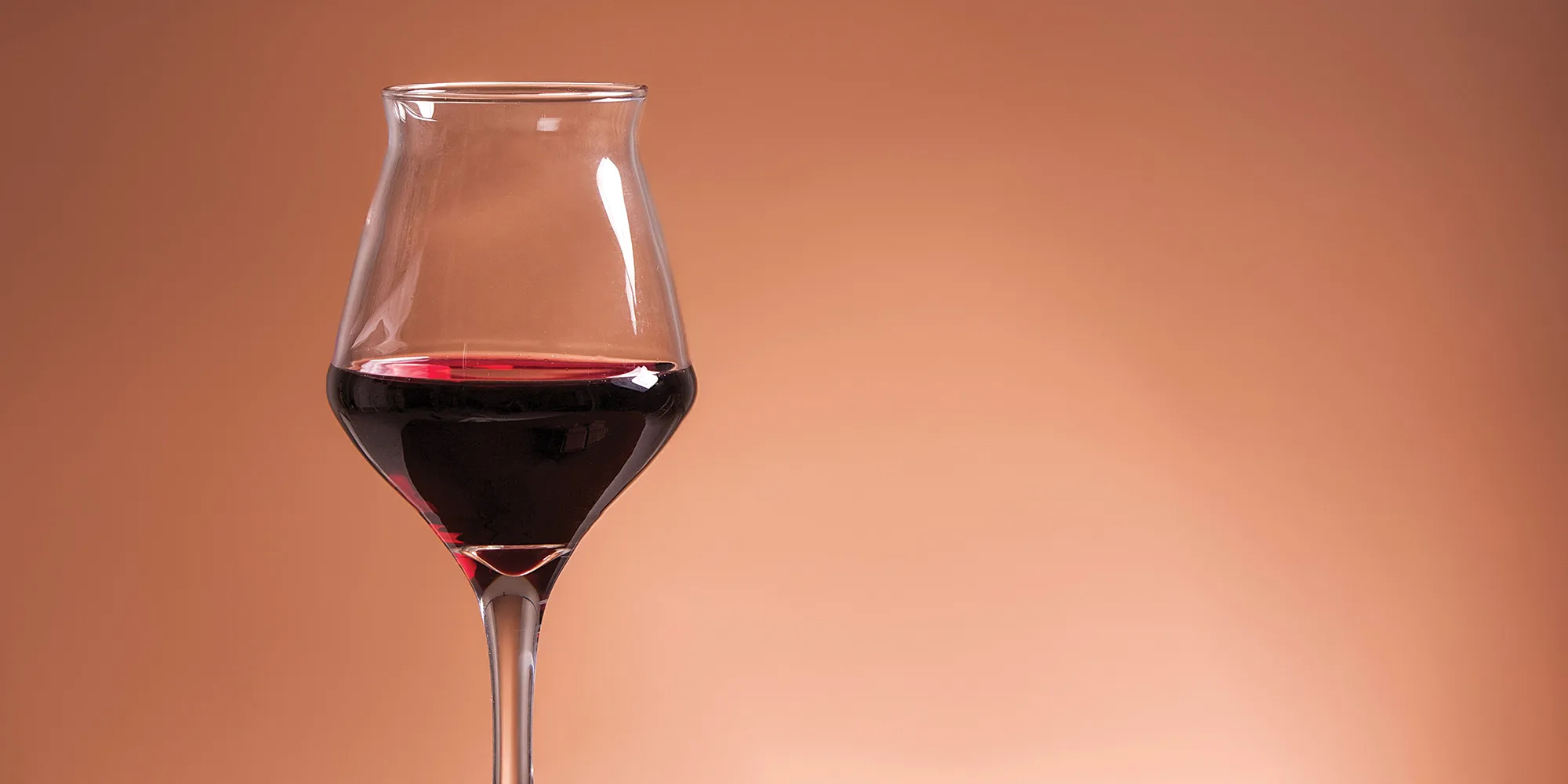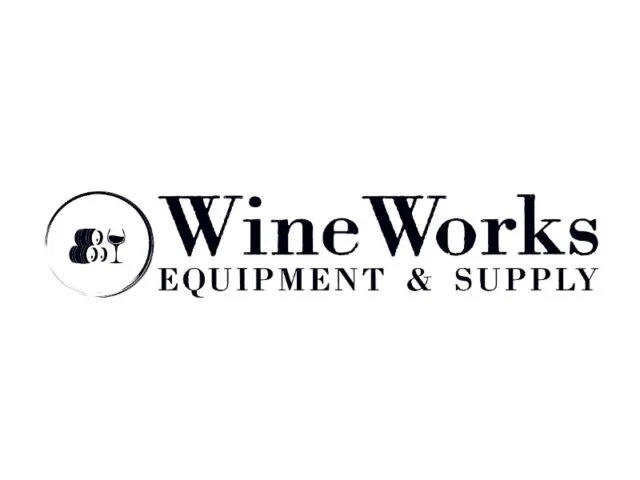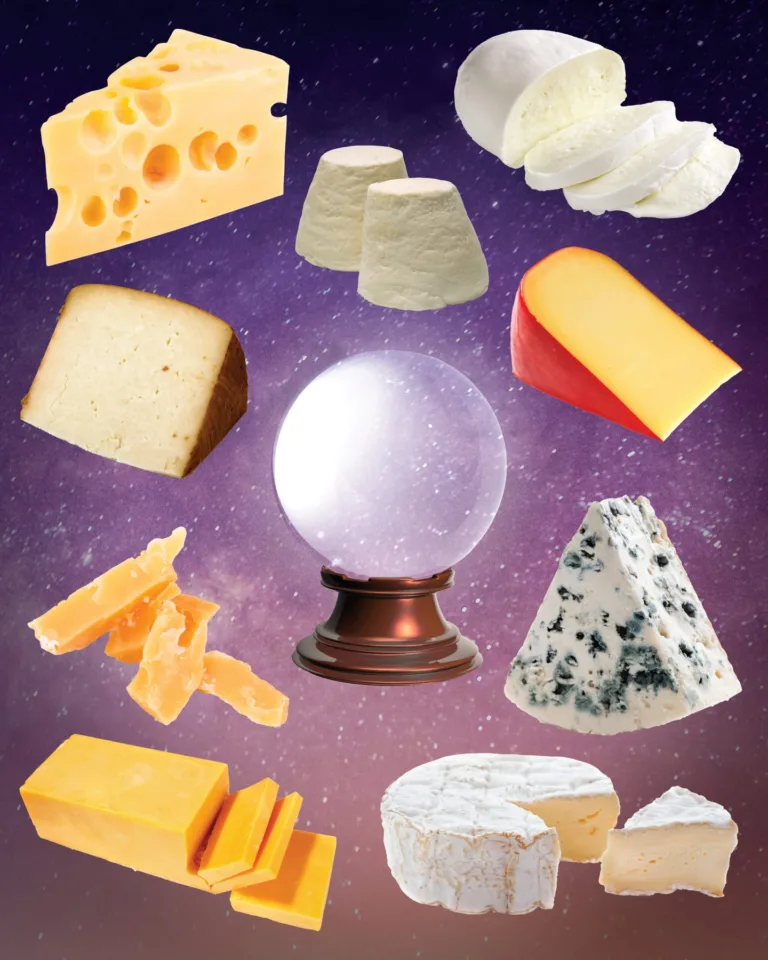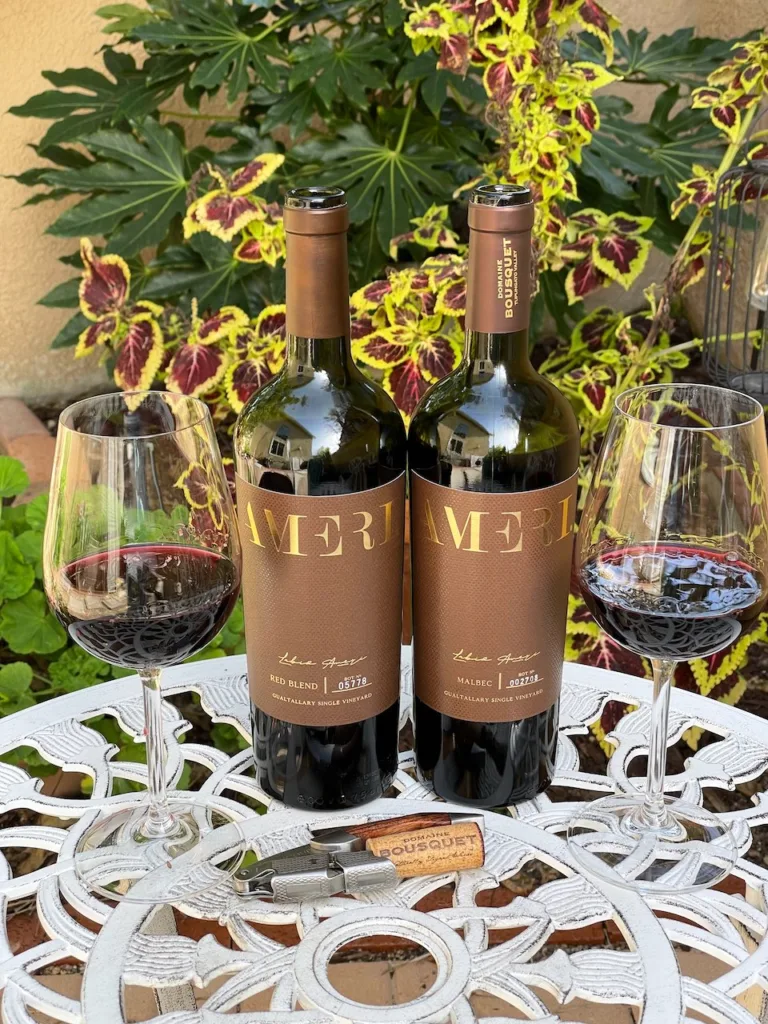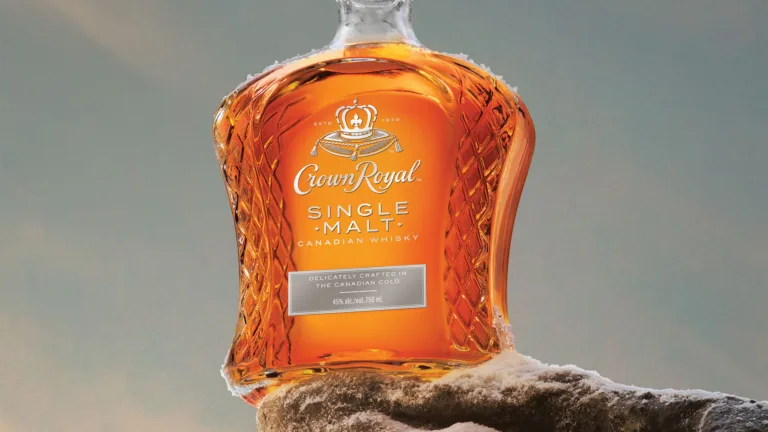This episode of “Wine 101” is sponsored by La Marca. When you drink La Marca, you’re enjoying more than an awesome bubbly wine. You’re also tapping into the culture of the incredible people who craft it, offering a taste of authentic Italy stateside. Saluti!
In 1756, a man named Jean-Antoine Chaptal was born in southwestern France. His immediate family was poor, but a rich uncle paid for Chaptal’s education, allowing the aspiring chemist to pursue an education in wine science. There, he built upon the practice of adding sugar — preferably beet sugar — to wine must during fermentation to enhance its depth. The more sugar present in fermentation, the more fuel the yeast has to feed off, and the resulting wine will have an augmented alcohol content, translating to a bolder, sweeter flavor. This simple process became known as “chaptalization.”
Around the same time, the French Revolution was coming to a close, and the quality of French wine was suffering tremendously. The hurdle of making wine that wasn’t watery or light in color left most winemakers stumped, and many adopted chaptalization as a solution.
The practice eventually made its way to Germany in the mid-1800s, and many other nations followed suit. The E.U. stepped in to regulate chaptalization, designating three climate zones with varying restrictions on the process. For example, in zone C, which encompasses southern Italy, chaptalization is flat-out banned. In Germany, it’s permitted but only for certain grape varieties, per the county’s own set of rules around

